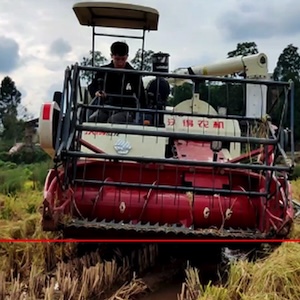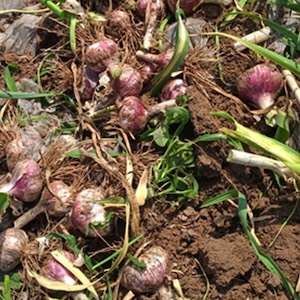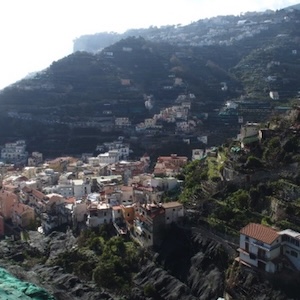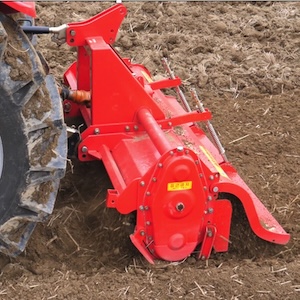Effect of different plant species in pilot constructed wetlands for wastewater reuse in agriculture
Published: 8 September 2013
Abstract Views: 940
PDF: 657
Publisher's note
All claims expressed in this article are solely those of the authors and do not necessarily represent those of their affiliated organizations, or those of the publisher, the editors and the reviewers. Any product that may be evaluated in this article or claim that may be made by its manufacturer is not guaranteed or endorsed by the publisher.
All claims expressed in this article are solely those of the authors and do not necessarily represent those of their affiliated organizations, or those of the publisher, the editors and the reviewers. Any product that may be evaluated in this article or claim that may be made by its manufacturer is not guaranteed or endorsed by the publisher.
Similar Articles
- Yane Ansanay, Praveen Kolar, Ratna Sharma-Shivappa, Jay Cheng, Sunkyu Park, Consuelo Arellano, Pre-treatment of biomasses using magnetised sulfonic acid catalysts , Journal of Agricultural Engineering: Vol. 48 No. 2 (2017)
- Canio Manniello, Giuseppe Cillis, Dina Statuto, Andrea Di Pasquale, Pietro Picuno, Experimental analysis on concrete blocks reinforced with Arundo donax fibres , Journal of Agricultural Engineering: Vol. 53 No. 1 (2022)
- Salvatore Barbagallo, Antonio Barbera, Giuseppe L. Cirelli, Mirco Milani, Attilio Toscano, Roberto Albergo, Evaluation of herbaceous crops irrigated with treated wastewater for ethanol production , Journal of Agricultural Engineering: Vol. 44 No. s2 (2013): Proceedings of the 10th Conference of the Italian Society of Agricultural Engineering
- Eutiquio Gallego, Manuel Moya, Esperanza Ayuga-Téllez, Ana I. García, Francisco Ayuga, The influence of management and construction methods in the repair costs of Spain’s low-volume road network , Journal of Agricultural Engineering: Vol. 47 No. 2 (2016)
- Stefania Pindozzi, Elena Cervelli, Pier Francesco Recchi, Alessandra Capolupo, Lorenzo Boccia, Predicting land use change on a broad area: Dyna-CLUE model application to the Litorale Domizio-Agro Aversano (Campania, South Italy) , Journal of Agricultural Engineering: Vol. 48 No. s1 (2017): Special Issue
- Luhua Han, Haorui Ma, Menghan Mo, Francis Kumi, Jianping Hu, Hanping Mao, Design and test of an efficient seedling pick-up device with a combination of air jet ejection and mechanical action , Journal of Agricultural Engineering: Vol. 55 No. 3 (2024)
- Claudia Arcidiacono, Simona M.C. Porto, LIFE CYCLE ASSESSMENT OF ARUNDO DONAX BIOMASS PRODUCTION IN A MEDITERRANEAN EXPERIMENTAL FIELD USING TREATED WASTEWATER , Journal of Agricultural Engineering: Vol. 42 No. 3 (2011)
- M. Bentini, R. Martelli, Giant reed (Arundo donax L.) harvesting system, an economic and technical evaluation , Journal of Agricultural Engineering: Vol. 44 No. s2 (2013): Proceedings of the 10th Conference of the Italian Society of Agricultural Engineering
- Stefania Pindozzi, Salvatore Faugno, Elena Cervelli, Alessandra Capolupo, Maura Sannino, Lorenzo Boccia, Consequence of land use changes into energy crops in Campania region , Journal of Agricultural Engineering: Vol. 44 No. s2 (2013): Proceedings of the 10th Conference of the Italian Society of Agricultural Engineering
- Bing Li, Jiyun Li, Key technology of crop precision sowing based on the vision principle , Journal of Agricultural Engineering: Vol. 54 No. 1 (2023)
You may also start an advanced similarity search for this article.

 https://doi.org/10.4081/jae.2013.402
https://doi.org/10.4081/jae.2013.402 










